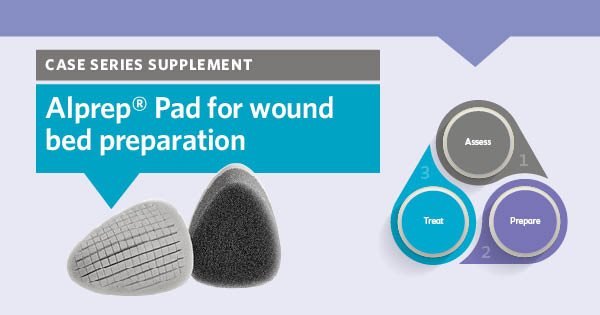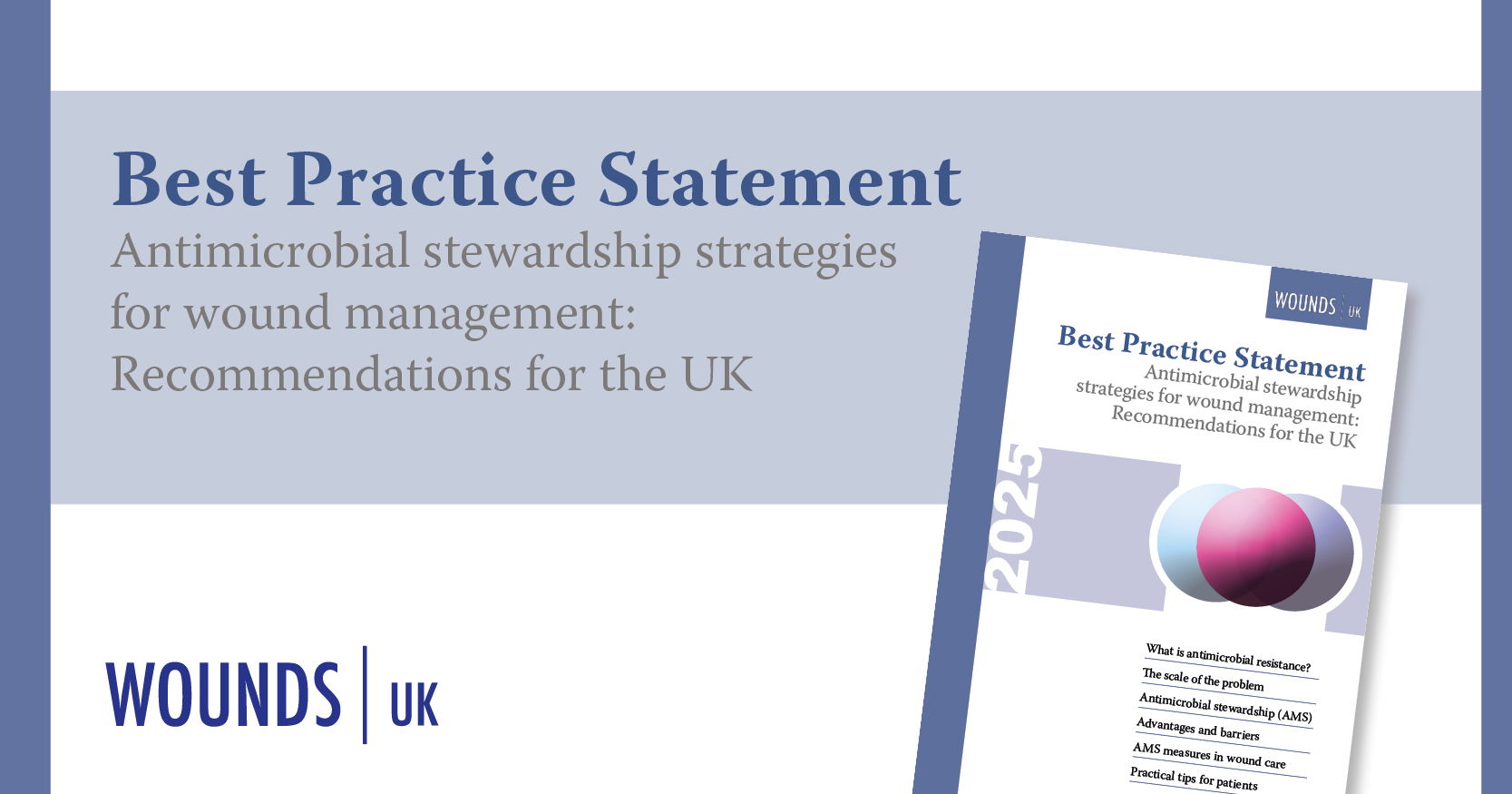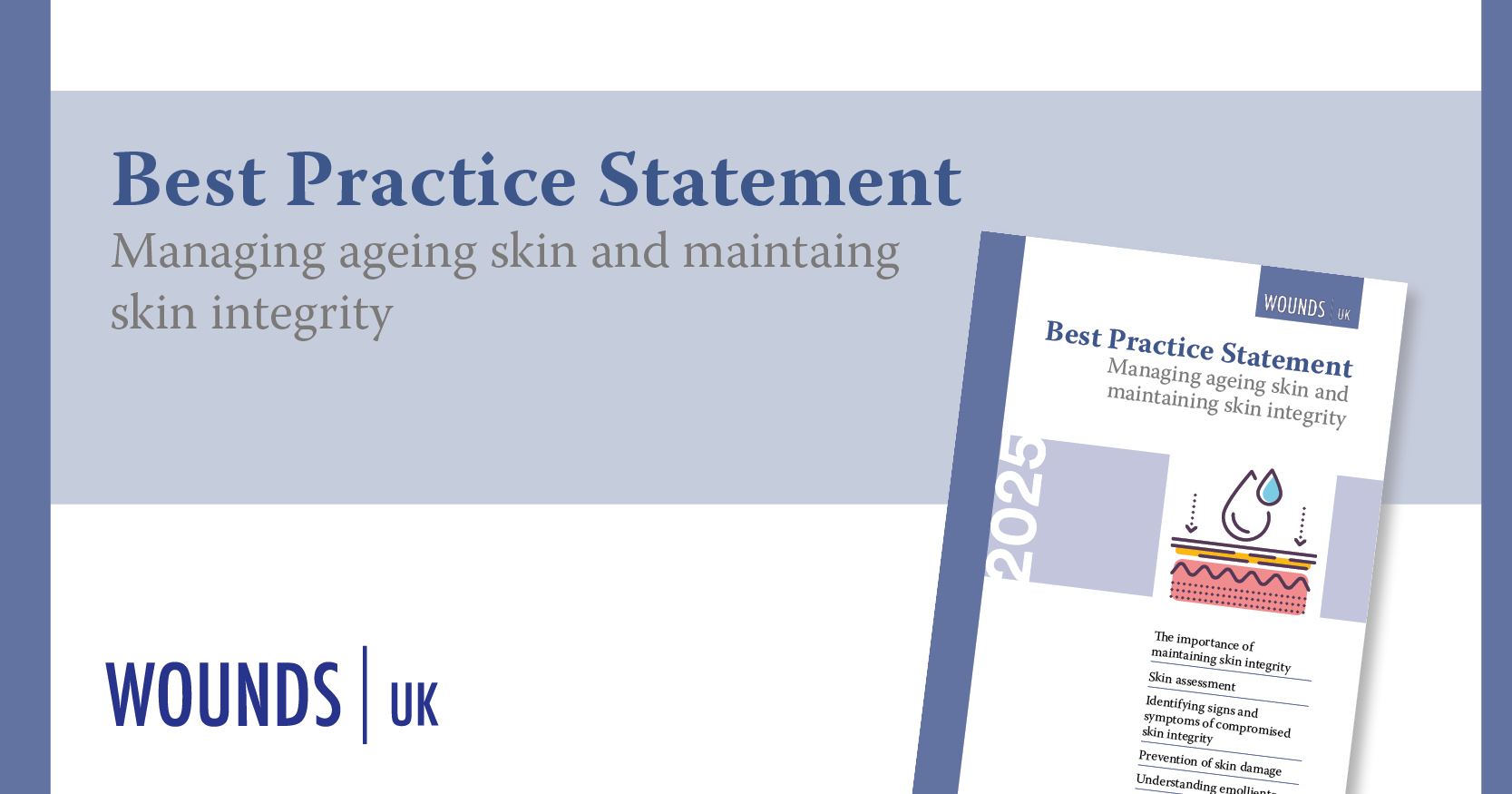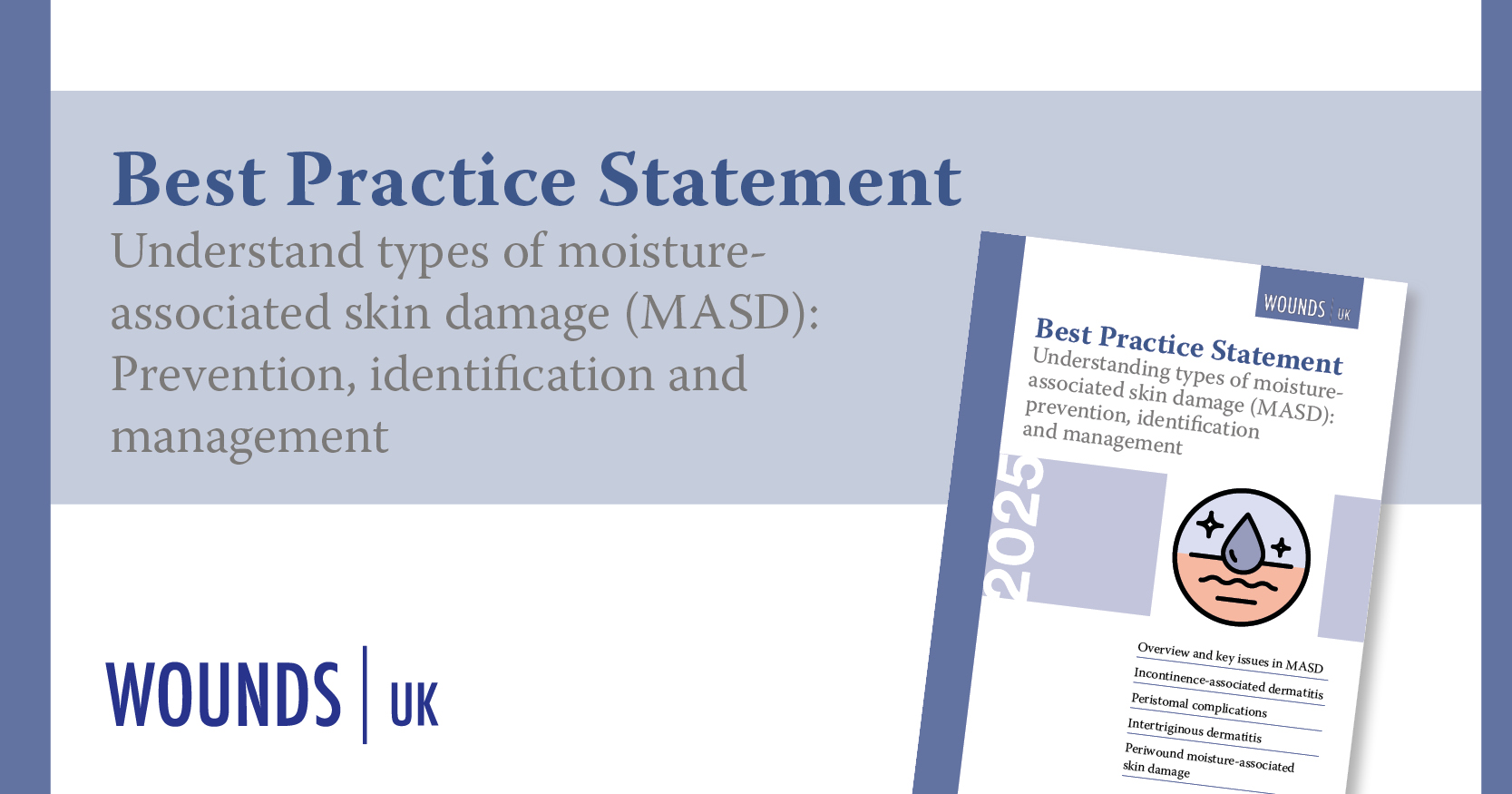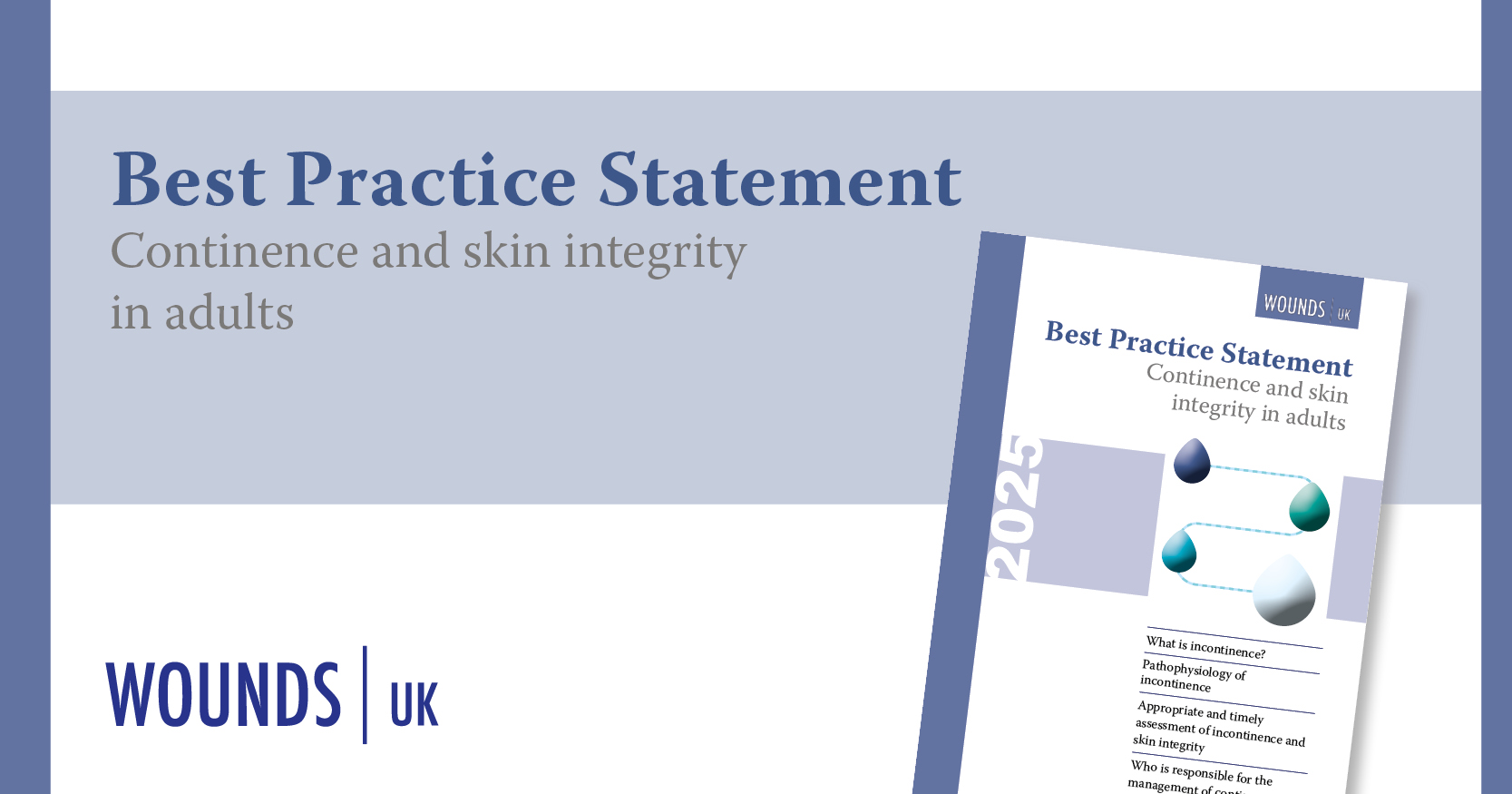Wound bed preparation is a systematic approach that includes cleansing and debridement of not only the wound bed but also the wound edge and periwound skin to evaluate and remove wound-related barriers to healing (Schultz et al, 2003). Debridement involves the removal of slough, biofilm, necrosis, haematomas, eschar, debris and devitalised tissue that accumulates on the surface of chronic wounds (Malone and Swanson, 2017). Regular sessions of cleansing and debridement are clinically proven to improve healing outcomes and speed up wound healing (Wilcox et al, 2013).
In clinical practice, wound care is often seen as a specialist area whereby generalist clinicians are typically responsible for wound assessment and providing ongoing care. However, this can lead to the common misconception that only wound care specialists with enhanced training and skills can perform debridement and fear is often a significant barrier for non-specialist nurses and other healthcare workers. Although debridement can be an intimidating step in wound care, selecting an appropriate method among the various methods available may depend on wound bed assessment, specific expertise and local guidelines (Price and Young, 2013; Ousey and Schofield, 2021).
Alprep Pad (Coloplast Limited) is a 2-in-1 cleansing and debridement tool that offers a solution for wound care. It can be used by all involved in administering wound care, including non-specialists, patients with wounds and informal carers, to facilitate wound preparation and management in a simple and controlled manner.
This case study series focuses on the use of Alprep Pad for wound preparation in six patients with a range of wounds, including a leg wound from an insect bite to a very large, deep ulcer in a patient with lymphoedema. The case reports demonstrate the ability of Alprep Pad to loosen, remove and absorb non-viable tissue, biofilm, slough and exudate, thereby improving healing outcomes. Both clinicians and patients reported positive experiences with Alprep Pad, including reductions in exudate levels, wound size and pain associated with wound cleansing, as well as improved quality of life.

